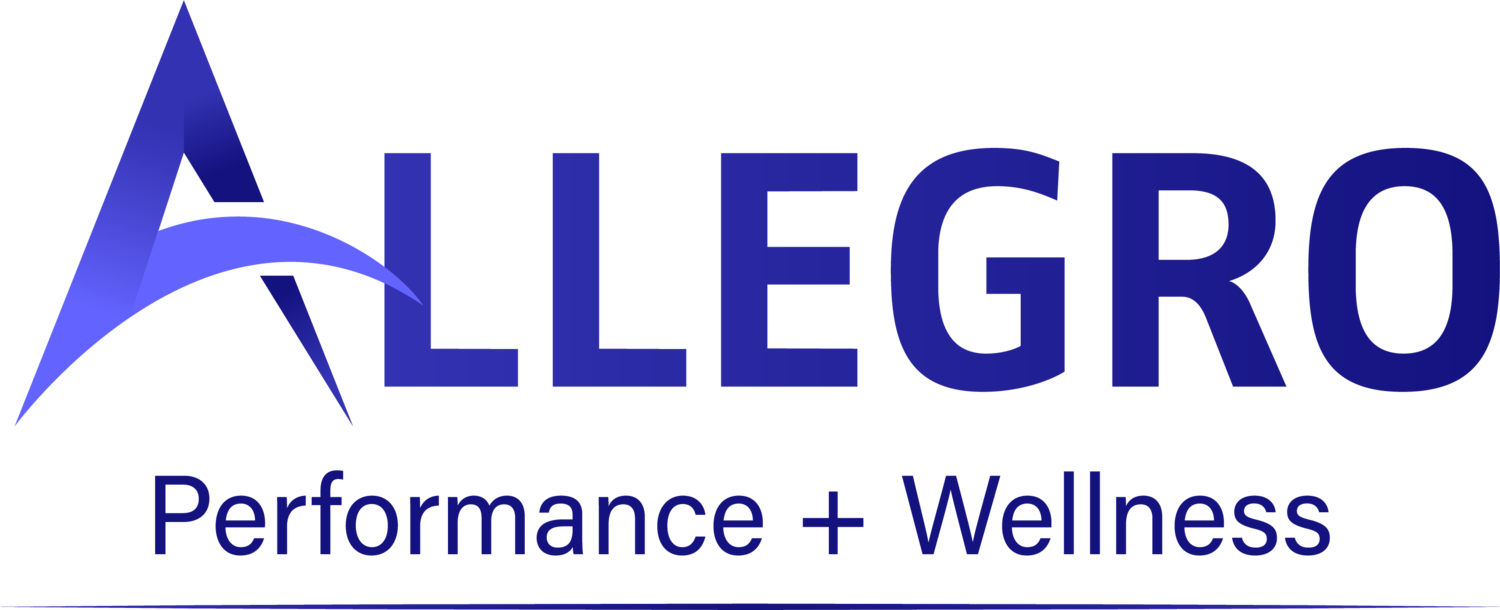Return to Dance Muscle Soreness
With the start of a new dance season comes the return of the dreaded start of season muscle soreness. Anyone who has suddenly changed their training intensity or load knows what I’m talking about.
Re-activation soreness, also known as delayed onset muscle soreness (or DOMS), is soreness that usually sets in ~24hrs after an activity and lasts for anywhere from 48 - 72hrs.
Depending on the intensity of the activity and the severity of the DOMS, it can be quite uncomfortable and very activity limiting. Here are some tips to help limit the amount of post activity soreness you experience as the start of the new season ramps up.
Gradually increase your training load. If you’ve taken the whole summer (or a good chunk of the summer) off, try to ease back into your regular training schedule. This will give your body time to adapt to the new load and minimize the amount of soreness you experience. This will also help minimize your potential for injury from doing too much too soon.
Warm-up and cool down. Make sure you take time for adequate warm-up and cool down. This will help your muscles adapt more easily to increased training loads and prevent excessive build-up of lactic acid, one of the causes of DOMS.
Dynamic stretching. Although stretching might feel like the last thing you want to do while your muscles are sore, going through gentle dynamic range of motion stretches can help to loosen tight muscles and decrease feelings of soreness.
Fuel your body. Providing your body with adequate nutrients to aid in muscle repair can help to speed up the recovery process. If you need guidance when it comes to nutrition for dancers, I highly recommend checking out Dance Nutritionfor loads of great resources.
Hydrate. Hydrate. Hydrate. Making sure you’re adequately hydrated can help in both the prevention of DOMS in the first place, as well as the recovery from it once it sets in. Being well hydrated will help to flush lactic acid and other toxins from your body, again helping you recover faster.
Sleep. Ensuring you’re getting adequate rest at night can be a challenge with the busyness of the start of the year, but prioritizing sleep will ensure you’re allowing your body to recover as much as possible before you go back to your activities again the next day.
Keep moving! Although it might seem like taking a few days off to rest is a good idea, the opposite is actually true. The more you can keep your muscles moving (and therefore blood flowing through them) the faster they will recover.
If your muscle soreness doesn’t start to improve within ~48hrs, it’s possible it could be more than just re-activation soreness and you should have it assessed by a licenced healthcare professional. The start of the dance year is also a great time to book in for a dancer specific screening assessment to set goals for the coming year.
Hope everyone has an amazing start to the new dance season! Here’s to dancing healthy and injury free!!!




